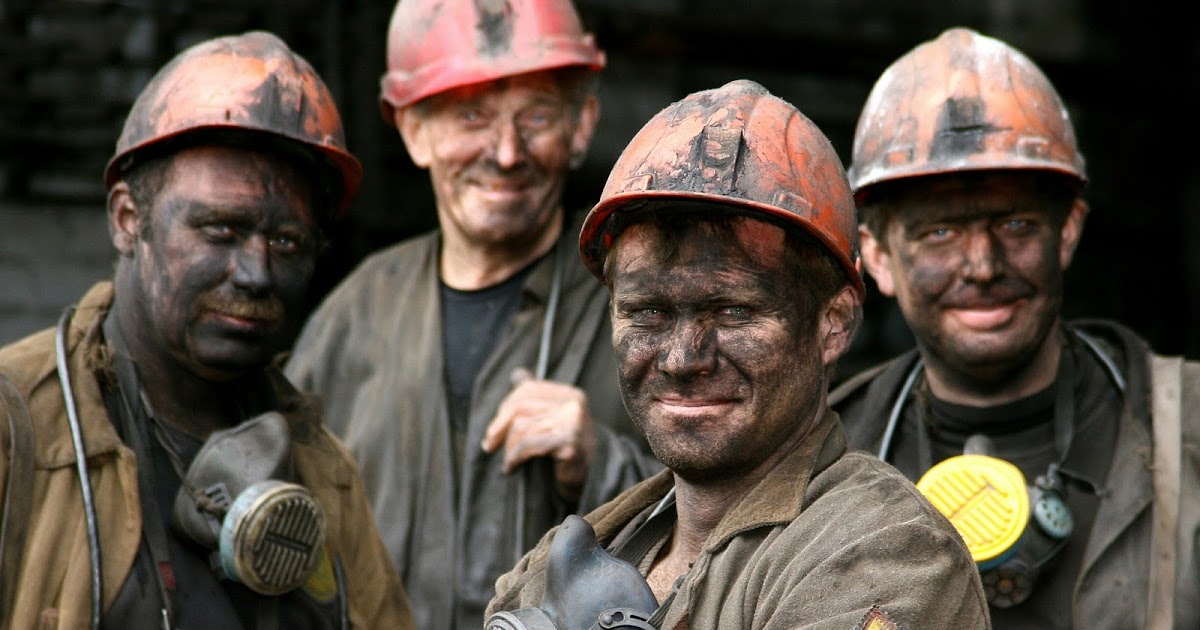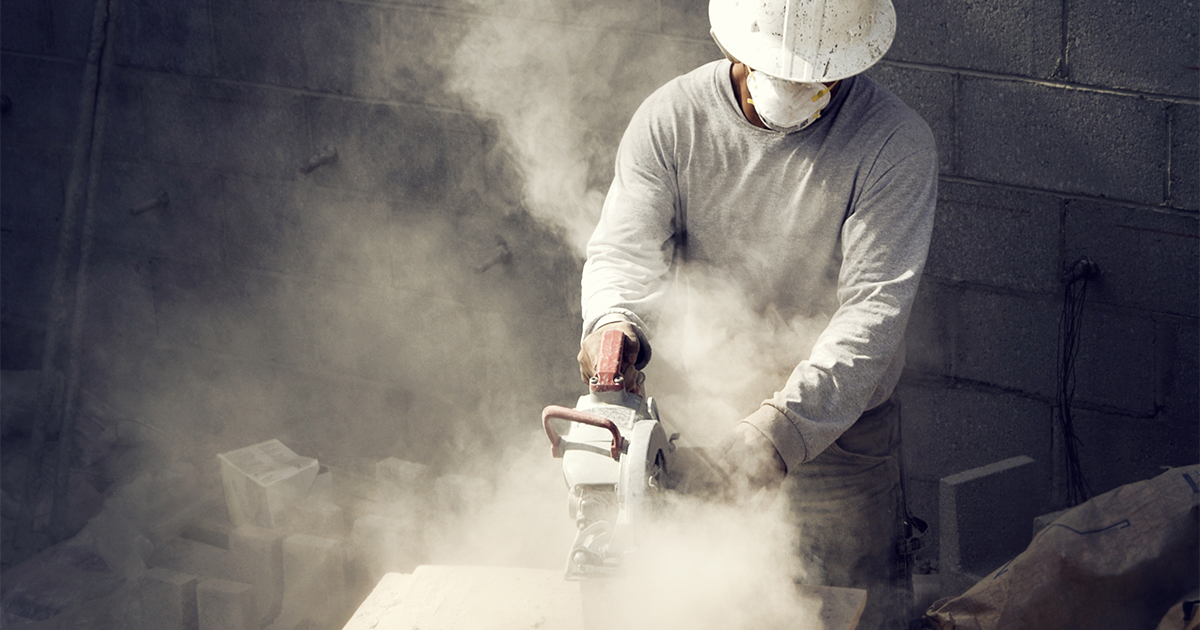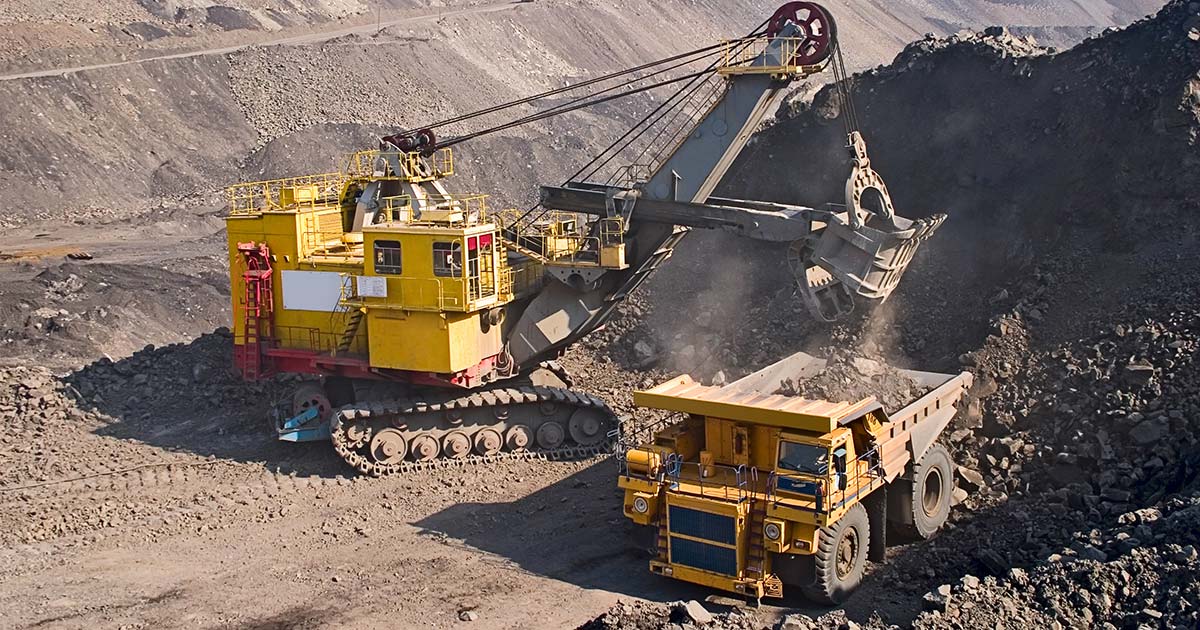Causes Of Pneumoconioses
Pneumoconioses are a group of lung diseases caused by breathing in too much dust. Individuals get the disease from working in environments in which they are exposed to dusty air. For example, mine workers and agricultural workers are at high risk because their occupation exposes them to high amounts of dust. There are many different subtypes, which are defined by the different types of dust that cause the disease. Silicosis (caused by silica inhalation) is the biggest killer among the subtypes, followed by coal workers' pneumoconiosis and asbestosis. Get to know the major causes of pneumoconioses now.
Workplace Exposure

The vast majority of pneumoconioses are caused by workplace exposure. Outside of certain types of work environments, individuals are unlikely to be exposed to enough hazardous dust to develop the disease. The workers who are most affected by hazardous dust include miners, plumbers, agricultural workers, and mechanics. These occupations involve frequent exposure to highly concentrated dust that may be toxic. The risk of lung damage can be reduced through the use of protective gear such as breathing masks. Unfortunately, workers do not always adhere to these protective measures. Even when protective gear is used, usage may be incorrect or the gear may not be protective enough. Any line of work that involves frequent exposure to dust particles can lead to lung disease.
Learn more about the different causes of pneumoconioses now.
Asbestos Fibers

Repeated exposure to asbestos fibers can cause a type of pneumoconioses called asbestosis. Mechanics, plumbers, and construction workers have a high risk of encountering asbestos in their lines of work. Asbestos was known to have toxic effects to humans as early as the 1890s. However, it continued to be mined and used in vast quantities for construction until late in the twentieth century. Today, asbestos is banned in many countries, including the United States. However, it can still be found inside of older buildings. Someone whose job involves opening up walls, such as a construction worker, may be exposed to the asbestos fibers inside.
Keep reading for more information on the causes of pneumoconioses.
Silica Dust

Silica dust is responsible for a form of pneumoconioses known as silicosis. Individuals who work with rock and sand for a living, such as miners and stonemasons, have a particularly high risk of silica exposure. This is because silica dust comes from rock and sand particles; it is released when these materials are handled. Chronic exposure to small amounts of silica can cause a less acute type of silicosis called simple silicosis. In this case, the lungs will develop many tiny nodules. These nodules are the result of small patches of tissue being damaged, scarred, and inflamed. Simple silicosis usually has few symptoms, but it can develop into more severe forms of silicosis. The other two forms are accelerated silicosis and acute silicosis; acute silicosis is the most severe and can easily lead to death. While simple silicosis may take as long as twenty years to develop, acute silicosis can progress in a matter of weeks.
It's time to reveal the next cause. Keep reading!
Coal Mine Dust

Coal miners have such a high risk of developing pneumoconioses that one form of the disease is named after them. Coal workers' pneumoconiosis is sometimes called black lung disease because coal dust darkens the lung tissue over time. When coal mine dust is inhaled, it stays in the lungs because the body cannot get rid of it. The immune system tries to fight the coal particles that lodge in the lung tissue, but the particles are too large. The immune cells stay in the lungs, causing chronic inflammation as if there is a persistent infection. The damage from this process somewhat resembles the lung deterioration that smoking cigarettes can cause. The early stage of coal workers' pneumoconiosis is called anthracosis; the root 'anthrac' means 'coal.' This version of the disease is mild and is actually not uncommon among individuals who live in polluted big cities. In coal miners, however, the anthracosis often develops into a deadly form of pneumoconiosis called progressive massive fibrosis. This kills more than twenty thousand individuals every year.
Learn about another trigger of pneumoconioses now.
Inhaling Dust With Other Chemicals

Asbestos, silica, and coal are not the only substances that can cause pneumoconioses. Workers in a variety of occupations can get the disease by inhaling dust with other chemicals. A few examples are beryllium, cotton dust, and iron oxide dust. Beryllium is an industrial metal that affects aerospace workers and individuals who operate heavy machinery. It causes a form of pneumoconioses called berylliosis. Cotton dust is a danger to workers in textile factories. Textile workers are prone to developing a form of pneumoconioses called byssinosis. The risk can be mitigated if textile factories have proper ventilation. Iron oxide dust mainly affects welders and leads to siderosis. This can also be prevented if workshops have good ventilation.